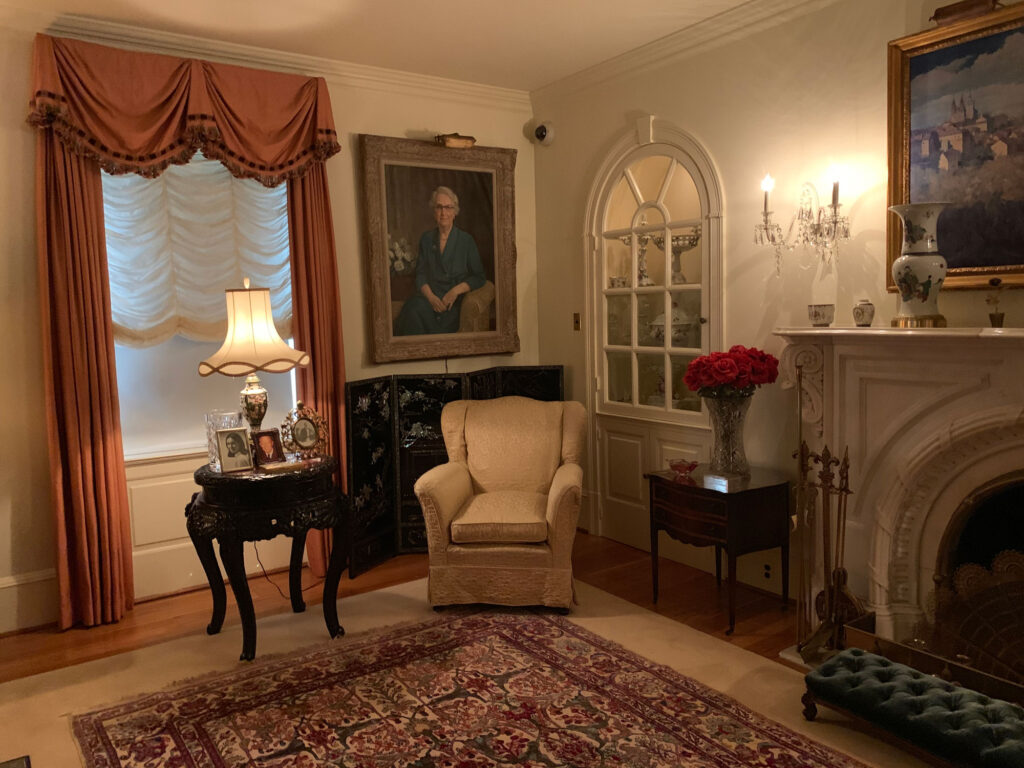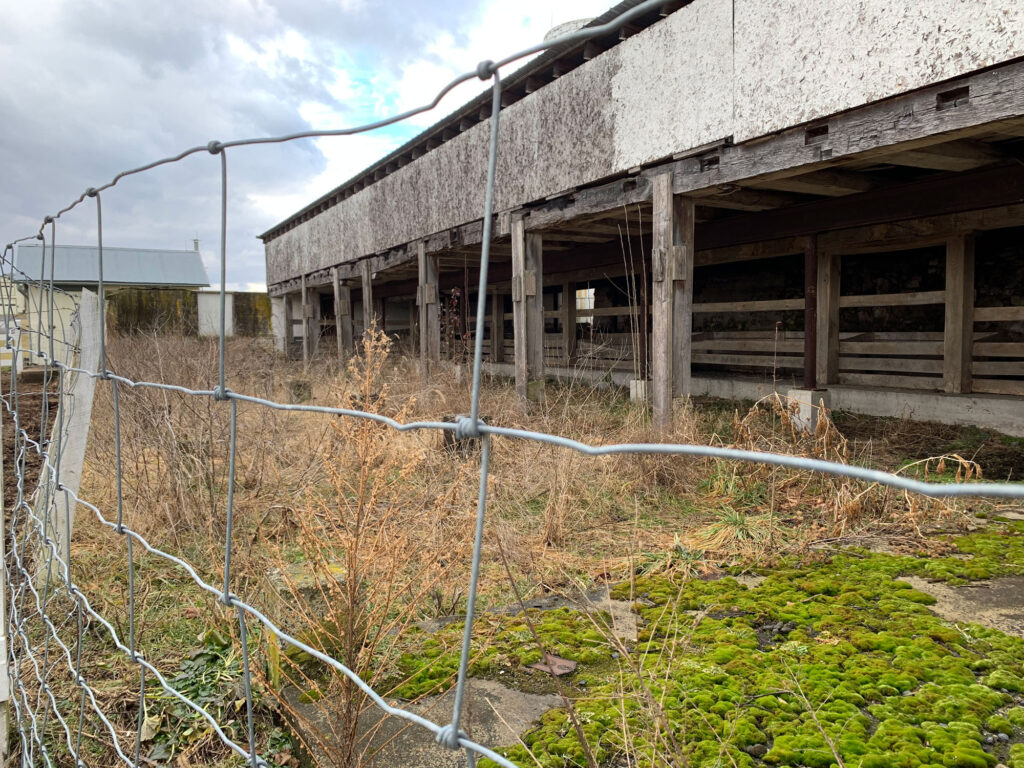
Date of Visit: February 18, 2019
In 1951, looking for a place to retire, General Dwight D. Eisenhower and his wife Mamie purchased a farm on the edge of Gettysburg National Military Park in Adams County, Pennsylvania.
A year later when the general became president-elect, retirement was put on hold, and the home would take on even greater significance.
Eisenhower first visited Gettysburg in 1915 while he was a cadet at West Point, and his visit fueled a lifetime of fascination with the Civil War and its military and political leaders.

The farmhouse was the first and only home that the Eisenhower’s had ever purchased. The plan was to refurbish the pre-Civil War home but most of the original structure was found to be in disrepair. Instead, a small piece of the original home was saved while the rest of the home was built new.

During his time as President, Eisenhower’s Gettysburg home served as his private retreat – a place he could escape Washington but still a place where real work could get done. Add up the days and Eisenhower spent a full year of eight-year presidency in Gettysburg.
Part of that time was also spent recovering. In September 1955, while vacationing in Colorado, Eisenhower suffered a heart attack. After weeks of hospitalization, he returned east – not to Washington – to Gettysburg.
In all, Eisenhower signed more than 300 pieces of legislation in his Gettysburg home.
A tour today reveals much more about Eisenhower the man than Eisenhower the president.
The home and many of the buildings on the site were painted white with green trim. Even after retiring from military duty, Army green remained a part of his life.

But the master bedroom – where Mamie held sway – was decidedly pink.
Throughout the home visitors can see some of Eisenhower’s original artwork. Painting was a relaxing pastime for the military man, and his works – many of them serene landscapes – are a stark contrast the battlefields and boardrooms he experienced throughout his career.
Among the most treasured works is a portrait of his grandsons that hangs above the bed in Ike’s dressing room.

The living room of the home served more as a museum than living space. Among the ornate decor are prized gifts given to the Eisenhower’s, including the marble mantle that once graced the east wing of the White House, a Persian rug from the Shah of Iran and a coffee table from the first lady of South Korea.

But the Eisenhower’s spent most of their time on the sun porch, a modest room where Ike painted and the couple enjoyed watching television.
Living with the Eisenhower’s in the house were John and Delores Moaney. John, who had served on the General’s personal staff in World War II, served as a butler or valet, while Delores handled much of the cooking. (Mamie, admittedly, was never much of a cook).
Outside the home lived another family: Eisenhower’s prized cattle herd.

The farm is really two farms: Eisenhower’s 189 acres and an additional 306 acres owned by his partners in the cattle business. The short walk from the home to larger farm is the same path that was taken by fellow politicians and foreign diplomats for two decades.
Eisenhower’s herd was one of the most awarded in the country, taking top honors at the Pennsylvania Farm Show and at major competitions across the state. A herd of about 50 cattle are still maintained on the site and can be seen during tours.

The Show Barn, where cattle were groomed in preparation for competition, is open seasonally April through October. On the walls are the ribbons won by Eisenhower’s herd through the years.
Cattle-raising was a business for Eisenhower, but his favorite way to relax was a round of golf. During his time in Pennsylvania, Eisenhower frequented the now-defunct Gettysburg Country Club. If he didn’t have time for a round, he could always visit his backyard putting green to hone his skills.

Among the other notable areas of the farm are the teahouse and gardens, the guest house and the skeet range.
One thing you wont’ find at the farm is parking. As a National Historical Site, changes to the property are limited (the house still runs on the same heating and cooling systems as it did in the 1950s) and that means there has been no parking added. Visitors instead can star their tour at the Gettysburg National Military Park Visitor Center and shuttle in to the property.
At the farm, the reception center provides exhibits on Eisenhower’s childhood, military service, presidency and retirement. A short orientation film runs on a continuous loop. The reception center also features a small gift shop with a wide range of books and souvenirs – including, of course, I Like Ike buttons.
Visit nps.gov/eise for current hours of operation, ticket prices and other details to plan your visit.

When You Go
- The grounds of the Eisenhower National Historic Site are open daily but ranger-led tours are available select dates, changing by season.
- Tours are offered on a first-come, first-served basis with limited capacity.
- The site hosts special events throughout the year, including World War II Weekend and the annual D-Day Commemoration.







